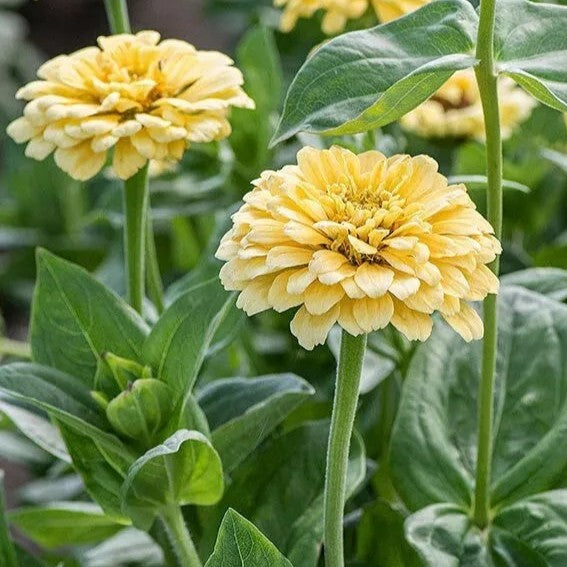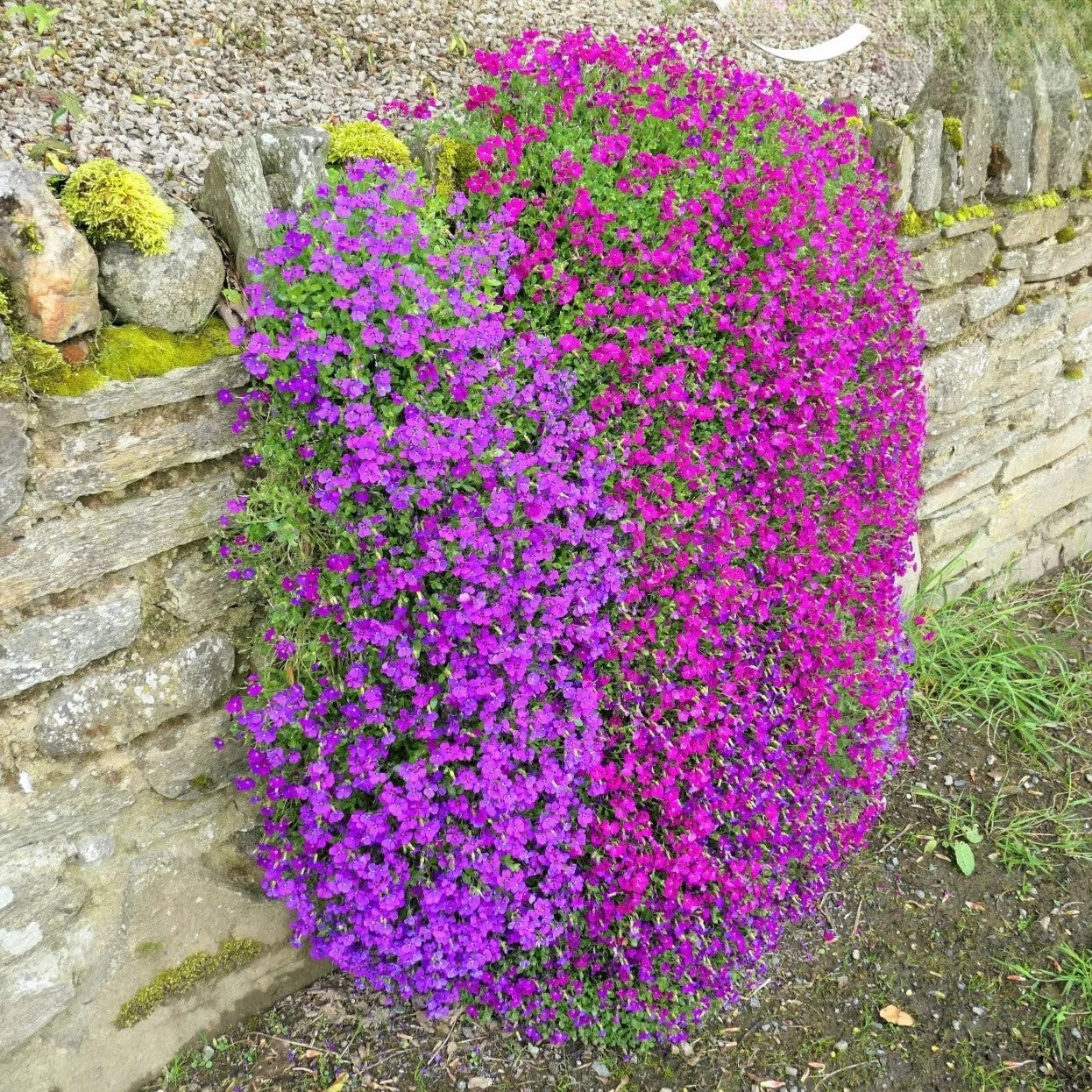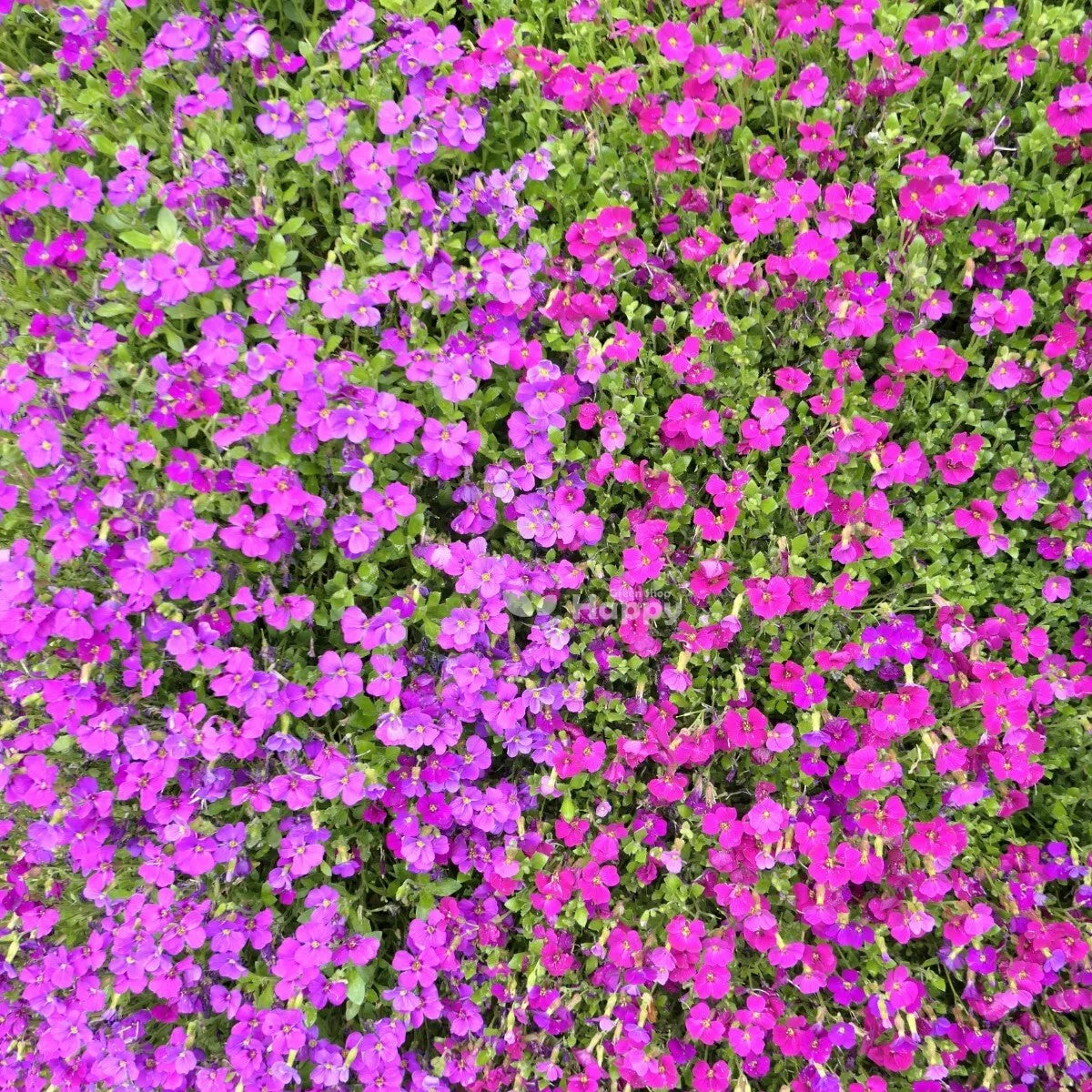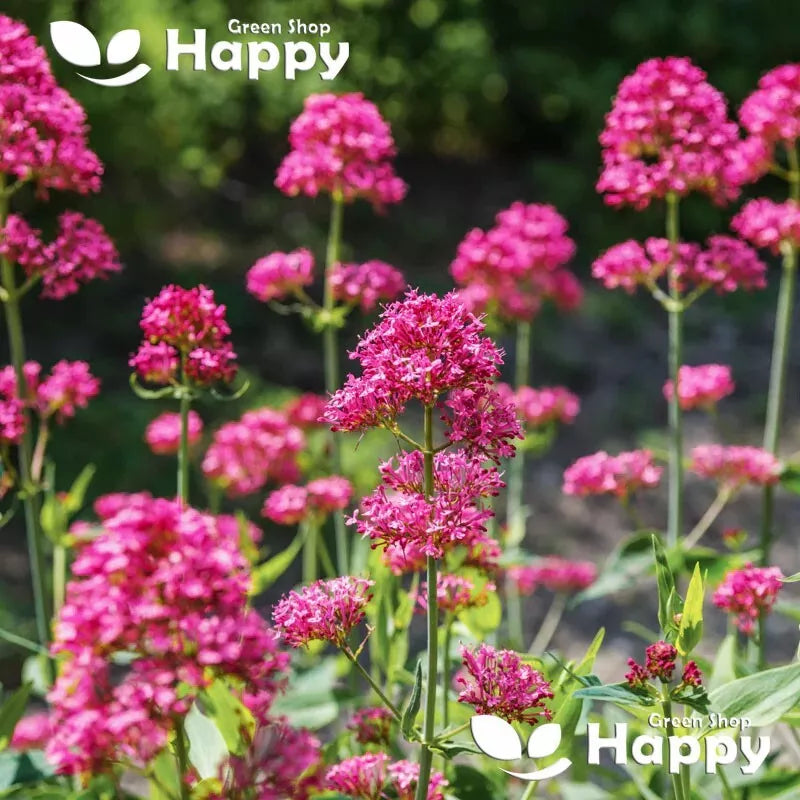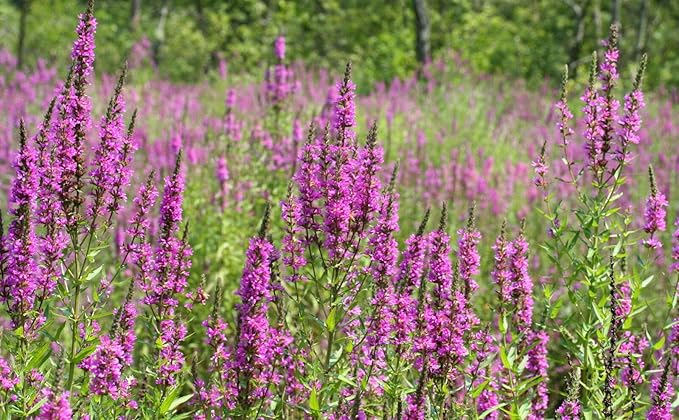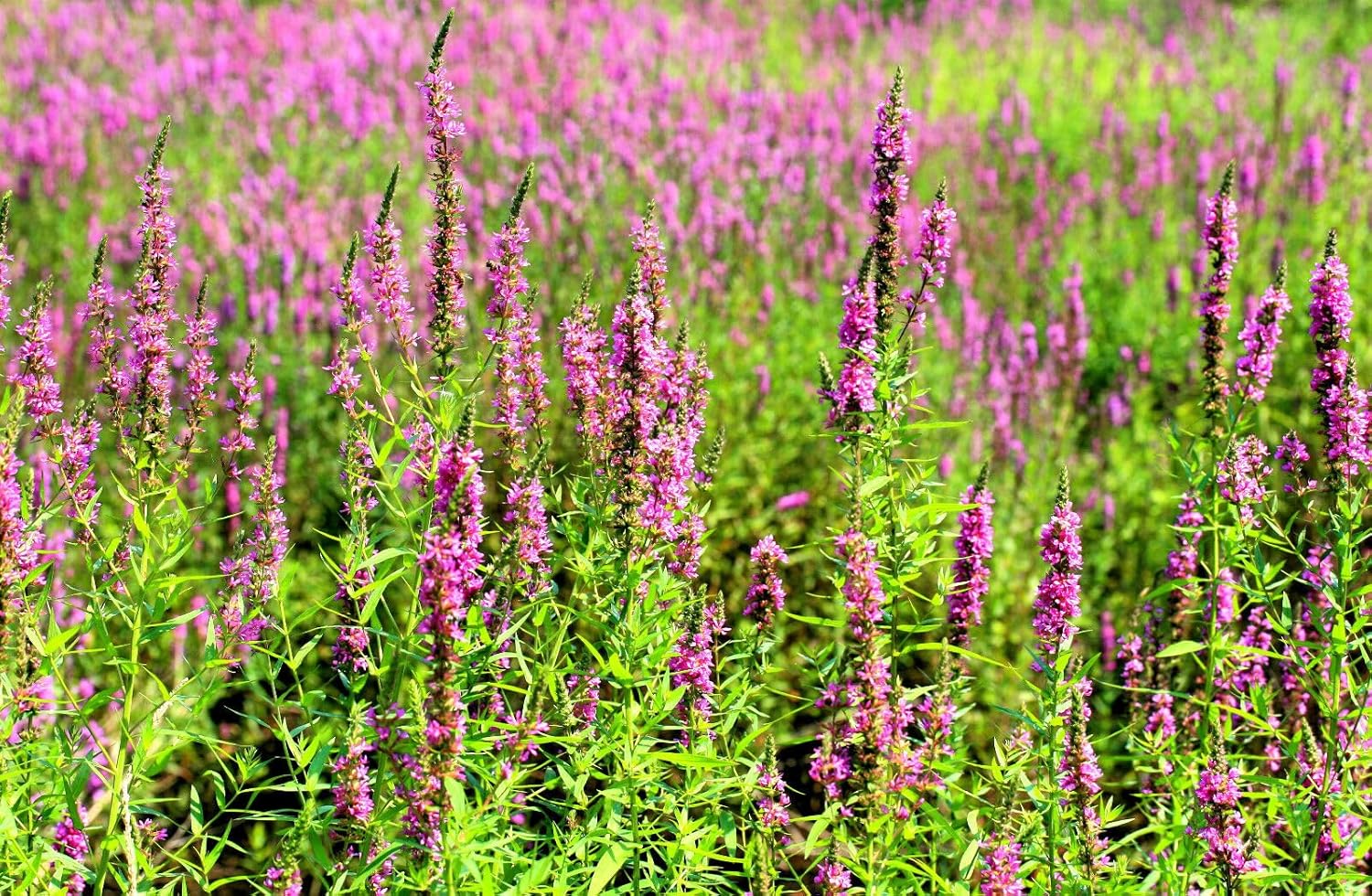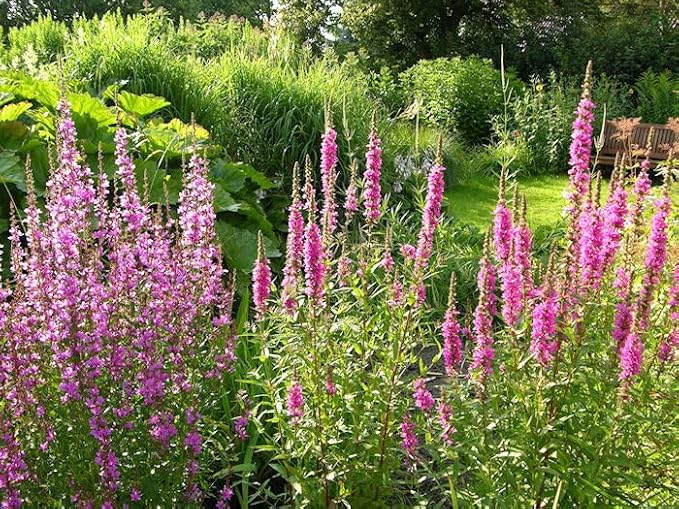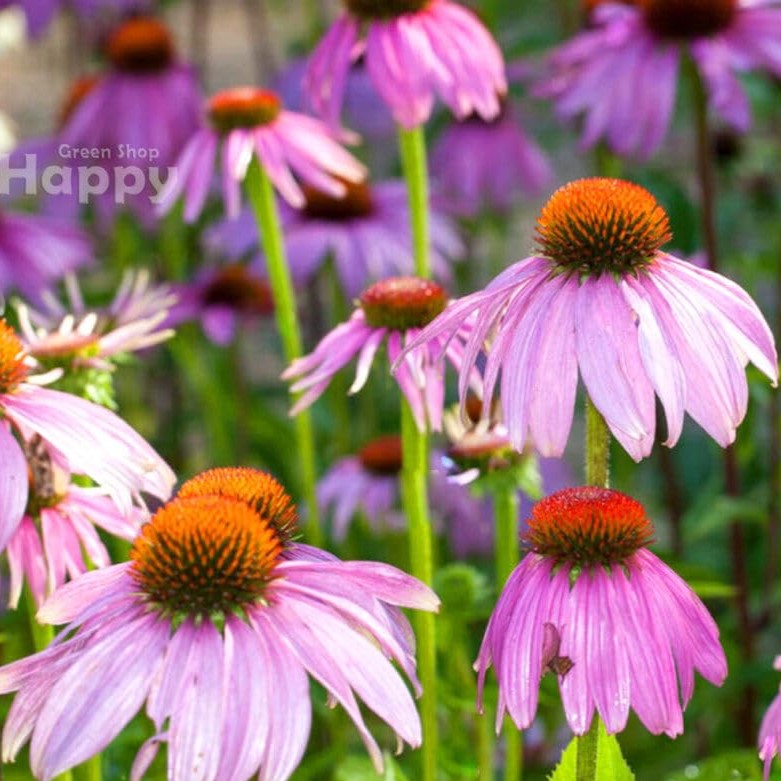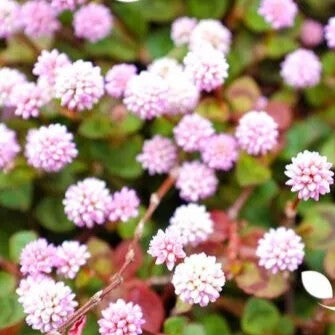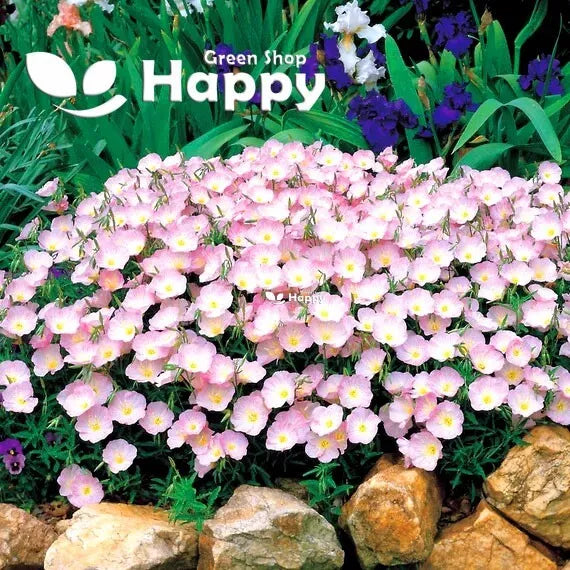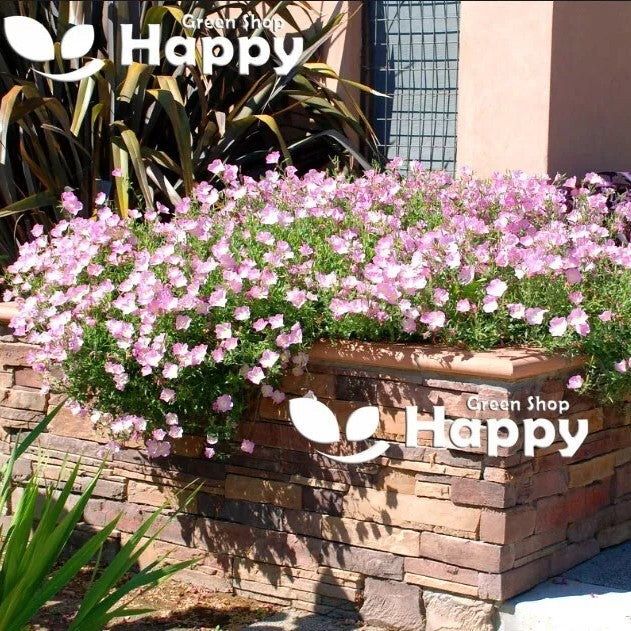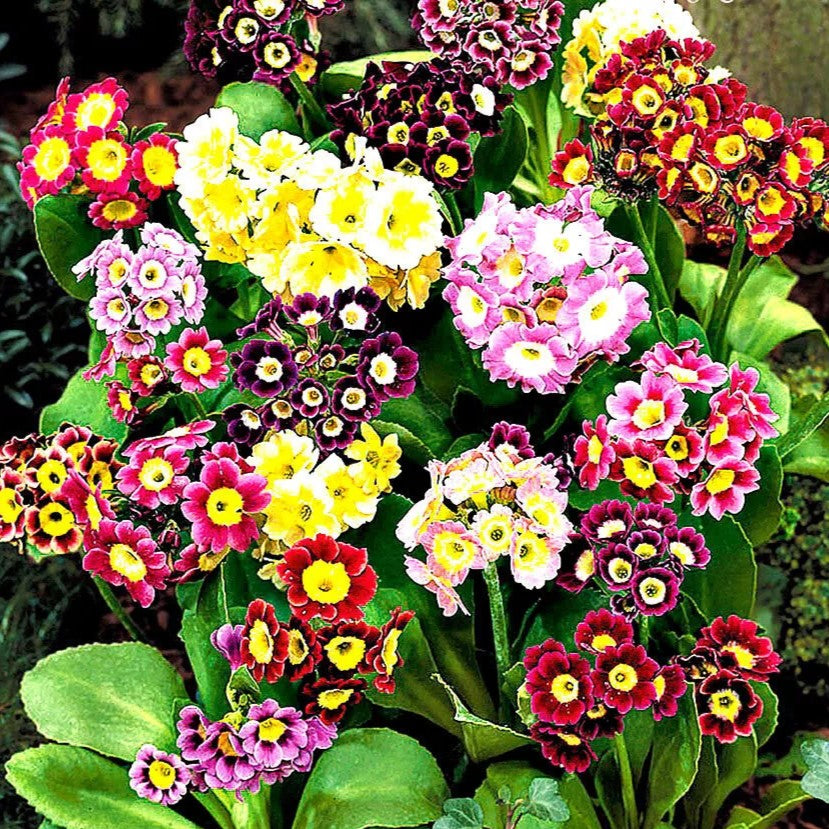Sort by:
326 products
326 products
Rock Cress 'Cascade Purple' Seeds (Aubrieta cultorum hybrida)
Aubrieta ‘Cascade Purple’ is a low-growing, mat-forming perennial, famous for its vivid purple blooms that blanket rockeries, walls, and borders in spring. This hardy groundcover creates a stunning cascade of flowers, softening stone edges and filling gaps between paving with ease. Once established, it’s drought-tolerant, easy to care for, and ideal for adding long-lasting color to cottage gardens and alpine plantings.
Why Grow 'Cascade Purple'
-
Masses of bright purple flowers in spring
-
Perfect for rockeries, walls, edging, and containers
-
Hardy perennial that returns year after year
Key Features
-
Type: Perennial
-
Height: 10–15 cm
-
Spread: 30–60 cm
-
Flowering: March–May
-
Position: Full sun
-
Soil: Well-drained, light, sandy soil
-
Uses: Rock gardens, edging, walls, groundcover
Sowing & Growing
-
Sow indoors: February–April in trays with light cover
-
Germination: 14–21 days at 18–22°C
-
Transplant seedlings outdoors after frost, spacing 20–30 cm apart
-
Prefers full sun and well-drained soil
-
Trim lightly after flowering to maintain compact growth
Rock Cress ‘Cascade Blue’ – Seeds (Aubrieta cultorum)
Rock Cress ‘Cascade Blue’ (Aubrieta cultorum) is a hardy, low-growing perennial renowned for its vibrant blue-purple flowers that carpet the garden in spring. Ideal for rockeries, walls, borders, and cascading over edges, this compact plant forms a dense mat of foliage with long-lasting blooms. Easy to grow and drought-tolerant once established, it provides early-season color and attracts pollinators such as bees and butterflies.
Why Grow "Cascade Blue"
-
Stunning blue-purple blooms in early spring
-
Forms a dense, trailing mat perfect for rockeries and edges
-
Hardy, low-maintenance, and drought-tolerant
-
Attracts pollinators to your garden
Key Features
-
Type: Perennial (Aubrieta cultorum)
-
Height: 15–20 cm
-
Flowering: Early to mid-spring
-
Position: Full sun to partial shade
-
Uses: Rock gardens, borders, walls, cascading over edges, pollinator-friendly gardens
Ideal For
-
Rockeries and alpine gardens
-
Border edging and ground cover
-
Walls, steps, and raised beds
-
Pollinator-friendly spring displays
Sowing & Growing
-
Sow indoors: February–March in trays or pots
-
Sow outdoors: April–May directly in soil
-
Germination: 14–21 days at 15–20°C
-
Thin seedlings 15–20 cm apart
-
Prefers well-drained soil in full sun to partial shade
Rock Cress Cascade ‘Leichtlinii’ – Seeds
(Aubrieta cultorum)
Rock Cress Cascade ‘Leichtlinii’ is a hardy perennial that forms a dense, cascading mat of vibrant purple flowers in spring. Perfect for rockeries, walls, and borders, its low-growing habit and abundant blooms create a stunning floral carpet. It’s drought-tolerant, easy to grow, and attracts pollinators.
Why Grow Rock Cress ‘Leichtlinii’?
-
Dense cascading growth with vibrant purple flowers
-
Hardy perennial with long-lasting spring blooms
-
Excellent for rockeries, walls, and borders
-
Attracts bees and butterflies
Key Features
-
Type: Perennial
-
Height: 10–15 cm
-
Flowers: Spring
-
Position: Full sun to partial shade
-
Soil: Well-drained, moderately fertile
Ideal For
-
Rockeries and alpine gardens
-
Walls, slopes, and borders
-
Pollinator-friendly plantings
-
Low-maintenance groundcover
Sowing & Growing
-
Sow indoors: February–April in seed trays
-
Sow outdoors: April–May directly in prepared soil
-
Germination: 14–21 days at 18–20°C
-
Spacing: 15–20 cm apart
-
Care: Minimal maintenance; trim after flowering to maintain shape
Red Valerian Seeds (Centranthus ruber)
The Red Valerian is a long-flowering perennial that produces clusters of bright crimson-red blooms from early summer to autumn. Its upright stems and grey-green foliage make it a striking addition to borders, cottage gardens, and wildflower-style plantings. Easy to grow and drought-tolerant once established, it thrives even in poor soils and rocky areas, while attracting butterflies and bees.
What Makes It Special
-
Long-lasting blooms in vibrant crimson-red
-
Thrives in dry, poor soils with little care
-
A pollinator magnet for butterflies and bees
Key Features
-
Botanical name: Centranthus ruber
-
Hardy perennial
-
Height: 60–90 cm (24–36 in)
-
Bloom time: Early summer to autumn
Ideal For
-
Cottage and wildflower gardens
-
Dry, rocky or poor soils
-
Wildlife-friendly planting
Sowing
-
Sow indoors Feb–Apr or outdoors May–Jun
-
Cover seeds lightly with soil
-
Germination: 14–21 days at 18–22°C
-
Thin seedlings 30 cm apart
-
Flowers from the first year if sown early
Purple Loosestrife Seeds (Lythrum salicaria)
A striking perennial, Purple Loosestrife produces tall spikes of vibrant purple flowers throughout summer. Hardy and long-flowering, it adds vertical interest and color to borders, wetlands, and naturalistic garden plantings, attracting bees and butterflies.
What Makes It Special
-
Tall spikes of vivid purple flowers
-
Hardy, long-lasting perennial with dramatic vertical presence
-
Attracts pollinators, supporting wildlife-friendly gardens
Key Features
-
Botanical name: Lythrum salicaria
-
Hardy perennial
-
Height: 100–150 cm (3–5 ft)
-
Bloom time: Summer
Ideal For
-
Garden borders and wetland-style plantings
-
Naturalistic and cottage-style gardens
-
Pollinator-friendly landscapes
Sowing
-
Sow indoors Feb–Apr or outdoors Mar–May
-
Cover lightly with soil and keep moist
-
Germination: 14–28 days at 15–20°C
-
Thin seedlings 30–40 cm apart
-
Flowers in the first or second season after sowing
Purple Coneflower 'Starlight' – Seeds
(Echinacea purpurea)
Purple Coneflower 'Starlight' is a hardy perennial known for its striking lavender-purple petals surrounding a prominent orange-brown central cone. Its long-lasting blooms attract pollinators like bees and butterflies, while its robust, upright growth makes it a standout in borders, wildflower meadows, and perennial gardens. This variety is low-maintenance and drought-tolerant, perfect for sustainable planting.
Key Features
-
Type: Perennial
-
Height: 60–90 cm
-
Spread: 40–50 cm
-
Flowering: July–September
-
Position: Full sun to partial shade
-
Soil: Well-drained, moderately fertile
Ideal For
-
Perennial borders and cottage gardens
-
Pollinator-friendly planting
-
Cut flower arrangements
-
Naturalized or meadow-style gardens
Sowing & Growing
-
Sow indoors: February–April at 18–22°C
-
Sow outdoors: April–May, directly in soil
-
Germination: 14–21 days
-
Thin seedlings to 40–50 cm apart
-
Mulch and water moderately; low-maintenance once established
Punching Balls Pink – Seeds (Polygonum capitatum)
Punching Balls Pink (Polygonum capitatum) is a charming perennial known for its dense, globe-shaped clusters of vibrant pink flowers. Blooming from late spring to early autumn, it creates a colorful, eye-catching display in borders, rockeries, and cottage gardens. Low-maintenance and easy to grow, this variety attracts pollinators and adds a bold, textured element to any garden space.
Why Grow "Punching Balls Pink"
-
Globe-shaped clusters of bright pink flowers
-
Long flowering season from late spring to early autumn
-
Hardy, low-maintenance perennial
-
Pollinator-friendly and visually striking
Key Features
-
Type: Perennial (Polygonum capitatum)
-
Height: 40–60 cm
-
Flowering: Late spring to early autumn
-
Position: Full sun to partial shade
-
Uses: Borders, rockeries, cottage gardens, pollinator-friendly planting
Ideal For
-
Bold, textured garden displays
-
Borders and rockeries
-
Cottage-style gardens
-
Pollinator-friendly planting schemes
Sowing & Growing
-
Sow indoors: February–April in trays or pots
-
Sow outdoors: April–May after frost
-
Germination: 10–20 days at 18–22°C
-
Thin seedlings 30–40 cm apart
-
Prefers well-drained soil in full sun to partial shade
-
Water moderately until established
Primrose Flower "Showy Evening" - Silky Orchid Pink - 1000 seeds (Oenothera speciosa)
£1.15
Unit price perPrimrose Flower "Showy Evening" - Silky Orchid Pink - 1000 seeds (Oenothera speciosa)
£1.15
Unit price perPrimrose Flower ‘Showy Evening’ – Silky Orchid Pink – Seeds (Oenothera speciosa)
Primrose Flower ‘Showy Evening’ (Oenothera speciosa) is a charming perennial featuring silky orchid-pink flowers with a delicate, evening-blooming fragrance. Blooming from late spring to early summer, it forms a low-growing carpet of blooms perfect for borders, rockeries, and cottage gardens. Hardy, low-maintenance, and drought-tolerant, this primrose attracts pollinators and adds soft, romantic color to your garden.
Why Grow "Showy Evening"
-
Silky orchid-pink flowers with evening fragrance
-
Long flowering season from late spring to early summer
-
Hardy, low-maintenance, and drought-tolerant perennial
-
Pollinator-friendly and ideal for ground cover
Key Features
-
Type: Perennial (Oenothera speciosa)
-
Height: 20–30 cm
-
Flowering: Late spring to early summer
-
Position: Full sun to partial shade
-
Uses: Borders, rockeries, cottage gardens, ground cover, pollinator-friendly gardens
Ideal For
-
Ground cover and low-growing flower beds
-
Cottage and rock gardens
-
Pollinator-friendly planting schemes
-
Adding soft, romantic color to borders and edges
Sowing & Growing
-
Sow indoors: February–April in trays or pots
-
Sow outdoors: April–May after frost
-
Germination: 10–20 days at 18–22°C
-
Thin seedlings 25–30 cm apart
-
Prefers well-drained soil in full sun to partial shade
-
Water moderately until established
Primrose Auricula Mixed – Seeds (Primula auricula pubescens)
Primrose Auricula Mixed (Primula auricula pubescens) is a treasured perennial, admired for its velvety, jewel-toned flowers often edged with a delicate dusting of silver or white. These compact plants bloom in spring, bringing old-world charm to borders, rock gardens, and containers. Hardy and long-lived, auriculas also provide early nectar for bees and pollinators.
Why Grow "Auricula Mixed"
-
Striking mix of velvety, multi-colored blooms
-
Hardy perennial with compact growth
-
Flowers in spring, adding early garden color
-
A traditional favorite among gardeners and collectors
Key Features
-
Type: Perennial (Primula auricula pubescens)
-
Height: 15–25 cm
-
Flowering: April–June
-
Position: Sun to partial shade
-
Uses: Borders, rockeries, containers, collectors’ displays
Ideal For
-
Adding spring charm to borders and beds
-
Rock gardens and alpine plantings
-
Patio pots and containers
-
Collectors seeking unique and traditional varieties
Sowing & Growing
-
Sow indoors: January–March in trays of fine compost
-
Germination: 21–30 days at 15–18°C (may be slow and uneven)
-
Transplant seedlings to small pots when large enough
-
Plant out after frost, spacing 20 cm apart
-
Prefers moist but well-drained soil in light shade
Showing 99/326




